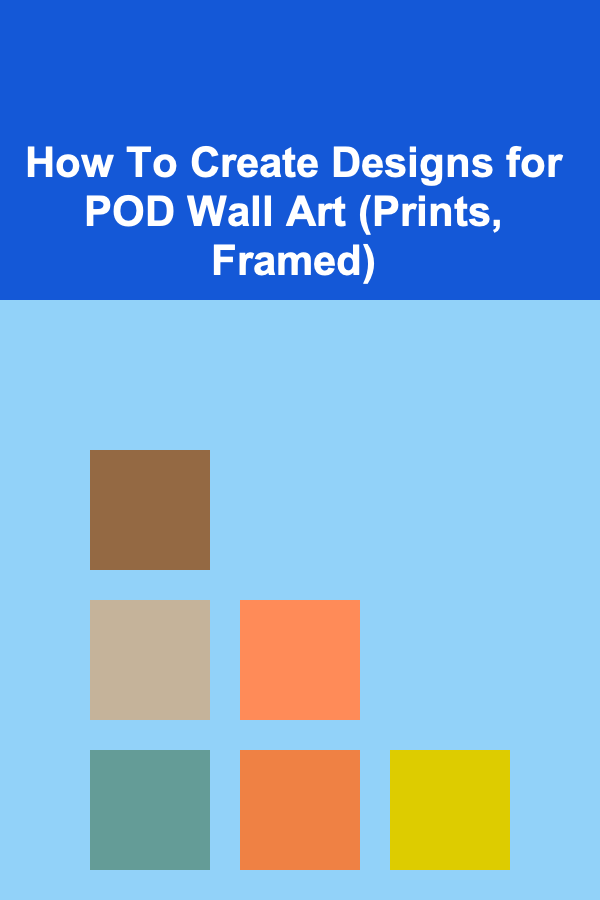
How To Create Designs for POD Wall Art (Prints, Framed)
ebook include PDF & Audio bundle (Micro Guide)
$12.99$8.99
Limited Time Offer! Order within the next:

The rise of Print on Demand (POD) services has revolutionized the way artists, designers, and creators can bring their artwork to life without the need for costly upfront investments or inventory management. Among the many products available for POD, wall art---whether in the form of prints or framed pieces---has become a popular and profitable choice. If you're an aspiring artist or designer looking to create designs for POD wall art, this guide will walk you through the essential steps to get started and ensure your artwork resonates with customers.
In this article, we'll cover everything from understanding the POD business model to choosing the right tools, creating eye-catching designs, and optimizing your artwork for POD platforms.
Understanding POD Wall Art
Before jumping into the creative process, it's crucial to understand what POD wall art entails and how it differs from traditional art sales. In a POD setup, designs are printed on demand as customers place orders, meaning you don't have to worry about bulk printing, shipping, or inventory management. Some of the most popular forms of POD wall art include:
- Posters
- Canvas prints
- Framed art
- Acrylic and metal prints
- Art prints on other materials (wood, fabric, etc.)
The main appeal of POD wall art is the low barrier to entry for creators. You only need to design the artwork, and the print-on-demand platform handles the rest, including production, shipping, and customer service. But to stand out in this competitive market, your designs need to be both aesthetically appealing and optimized for various print formats.
Step 1: Choosing the Right Platform
The first step in creating designs for POD wall art is choosing the right platform to sell your work. There are several POD services available, each offering different features, products, and customer bases. Some of the most popular POD platforms for wall art include:
- Redbubble
- Society6
- Printful (integrates with Shopify, Etsy, etc.)
- TeeSpring
- Zazzle
When selecting a platform, consider the following factors:
- Product Variety: Ensure that the platform offers the wall art products you want to create (e.g., framed prints, canvas art, posters).
- Quality of Printing: Research customer reviews and see if the platform offers high-quality prints that meet your expectations.
- Pricing and Profit Margins: Some platforms have higher base prices, so consider how this will affect your profit margins. Remember, POD platforms usually take a percentage of the sales price.
- Audience Reach: Platforms like Redbubble and Society6 have built-in marketplaces where customers already browse for art, while others may require more effort on your part to drive traffic to your store.
Step 2: Defining Your Niche
To create successful designs for POD wall art, it's important to focus on a specific niche or target audience. By narrowing down your niche, you'll be able to create designs that resonate with a particular group, which increases your chances of success. Here are a few niche ideas for POD wall art:
- Abstract Art: Minimalistic or intricate designs with bold colors or neutral tones appeal to modern interior designers and home decorators.
- Inspirational Quotes: Motivational and uplifting quotes often pair well with aesthetically pleasing typography and designs.
- Nature and Landscape: Art depicting scenic landscapes, forests, mountains, and oceans is always in demand, especially for home decor.
- Pop Culture: Fans of certain TV shows, movies, books, and video games are often eager to decorate their walls with themed art.
- Personalized Art: Customizable pieces, such as family portraits, name art, or zodiac signs, can create a unique connection with customers.
- Minimalist Art: Simple designs with clean lines and neutral color palettes continue to be trendy.
It's also essential to research current design trends, as consumer preferences change over time. Tools like Pinterest, Instagram, and design blogs are great resources for discovering what's popular.
Step 3: Tools and Software for Design
Now that you've chosen your niche, it's time to start creating your designs. The software you choose will play a significant role in the quality of your artwork and how easily you can adapt it for different print formats. Here are some of the most common tools used by POD artists:
Adobe Creative Suite (Photoshop, Illustrator)
- Photoshop: Perfect for photo editing, digital painting, and creating layered designs. Photoshop is the go-to choice for artists who want to produce high-quality wall art with intricate details, such as watercolor effects or hand-drawn illustrations.
- Illustrator: Ideal for vector designs, Illustrator is best suited for creating scalable designs that look crisp in any print size. It's perfect for geometric art, logos, or typography-based wall art.
Procreate (for iPad)
Procreate is a popular app for digital artists using an iPad. It's user-friendly and powerful, offering a variety of brushes and tools to create everything from sketches to fully rendered artwork. Many artists use Procreate for creating custom illustrations and hand-drawn pieces for wall art.
Canva
For beginners or those who prefer a more straightforward design tool, Canva is an excellent option. While it doesn't offer the same advanced features as Adobe Creative Suite, Canva is easy to use, and it provides templates and design elements that can be customized for POD art. You can also upload your own graphics and create a variety of art styles.
Affinity Designer
Affinity Designer is a more affordable alternative to Adobe Illustrator and is gaining popularity among designers. It's great for vector illustrations, logos, and geometric designs and is a perfect choice for those on a budget.
GIMP
GIMP is a free and open-source alternative to Adobe Photoshop. While it might have a steeper learning curve, it provides many of the same tools as Photoshop and can be a solid option for artists on a budget.
Clip Studio Paint
For artists focusing on illustrations, comics, or digital painting, Clip Studio Paint is an excellent choice. It offers powerful brushes and a great user interface for detailed work.
Step 4: Creating Your Designs
Creating designs for POD wall art requires a blend of creativity, technical skill, and attention to detail. Here are some tips for creating designs that will stand out:
Focus on Resolution
One of the most important factors in designing for POD is ensuring that your artwork is created at a high enough resolution. POD services usually require artwork to be at least 300 DPI (dots per inch) to ensure that the prints are clear and sharp, even when blown up to large sizes.
- Poster prints: 18 x 24 inches at 300 DPI would require a resolution of 5400 x 7200 pixels.
- Canvas prints: The size will vary depending on the platform, but generally, canvas prints can be anywhere from 8 x 10 inches to 24 x 36 inches, so adjust the resolution accordingly.
Keep Print Bleed in Mind
Most POD platforms require a "bleed" area to ensure that no important elements are cut off when the print is framed or stretched. Be sure to leave extra space around the edges of your design for this purpose. Check the guidelines of your chosen POD platform to determine the required bleed size.
Consider Color Profiles
The colors on screen may appear slightly different when printed, so it's important to work in the right color profile. Use the RGB color mode for digital designs, and convert to CMYK (the standard for printing) before submitting your artwork if needed.
Design for Different Sizes
Your designs should be adaptable to different wall art sizes without losing quality or getting distorted. Ensure your artwork is scalable, particularly if you're using vector-based software like Illustrator. Avoid creating overly intricate details that may be lost when printed on smaller products like posters.
Experiment with Frames and Mockups
Many POD platforms offer the option to print your artwork framed. To give customers a better sense of how your design will look once framed, experiment with mockups. You can find mockup generators or create your own by taking photos of framed prints or using digital tools to add frames to your designs.
Using mockups helps give your customers a realistic view of what their purchased art will look like once it arrives, which can increase the likelihood of a purchase.
Step 5: Optimizing for POD Platforms
Once you've created your artwork, it's time to prepare it for sale on your chosen POD platform. Here are some key considerations for optimizing your designs:
Naming Your Designs
Make sure to choose descriptive, SEO-friendly names for your artwork. Include keywords related to your niche, such as "abstract landscape," "vintage botanical print," or "motivational quote." This will make it easier for potential customers to find your designs when searching.
Writing Effective Descriptions
Along with your design's name, you'll need a product description. A good description should explain the concept behind the artwork, how it fits into various home decor styles, and what makes it unique. Use keywords naturally, but don't stuff your descriptions with irrelevant terms.
Tags and Categories
Most POD platforms allow you to add tags and select categories for your artwork. Use relevant tags that describe your design and target audience. Categories like "modern," "boho," "nature," or "inspirational" can help ensure your artwork is discovered by the right people.
Pricing Your Artwork
Setting the right price is crucial for your success on POD platforms. Research the pricing of similar pieces in your niche to gauge what customers are willing to pay. Consider your production costs, the platform's fees, and your desired profit margins when setting prices.
Conclusion
Creating designs for POD wall art is an exciting and accessible way to turn your artistic passion into a profitable business. By choosing the right platform, defining your niche, mastering design tools, and optimizing your work for print, you can create beautiful, marketable art that resonates with customers around the world. With practice and persistence, your designs can become a sought-after addition to homes, offices, and other spaces, all while maintaining the freedom and flexibility of the POD model. Happy designing!
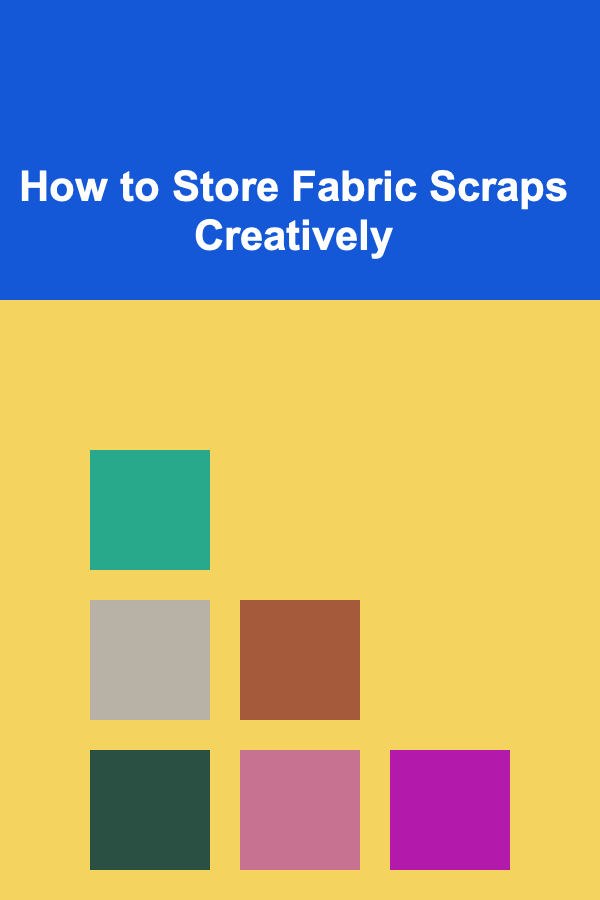
How to Store Fabric Scraps Creatively
Read More
How to Use Scented Oils to Create a Holiday Ambiance in Your Home
Read More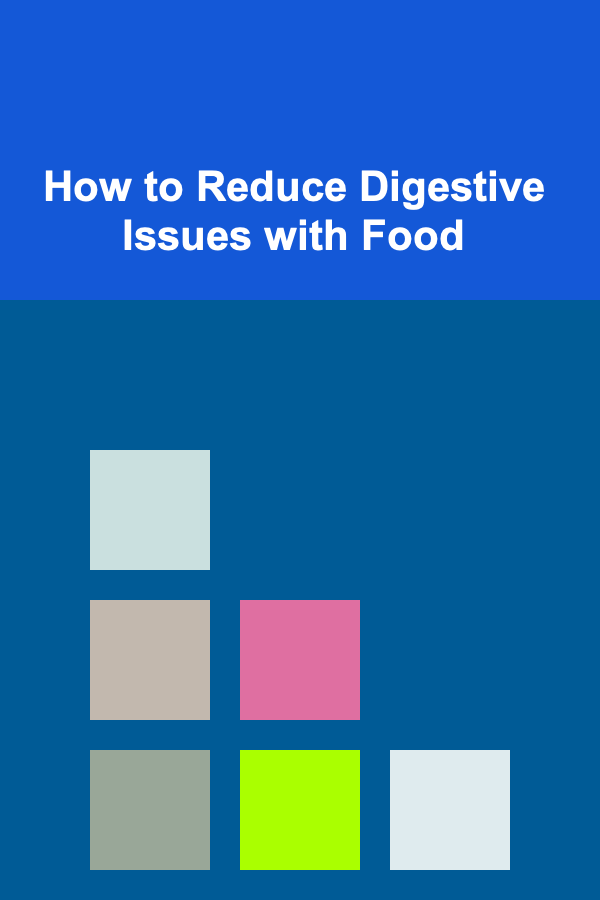
How to Reduce Digestive Issues with Food
Read More
How To Improve Your Energy Levels Naturally
Read More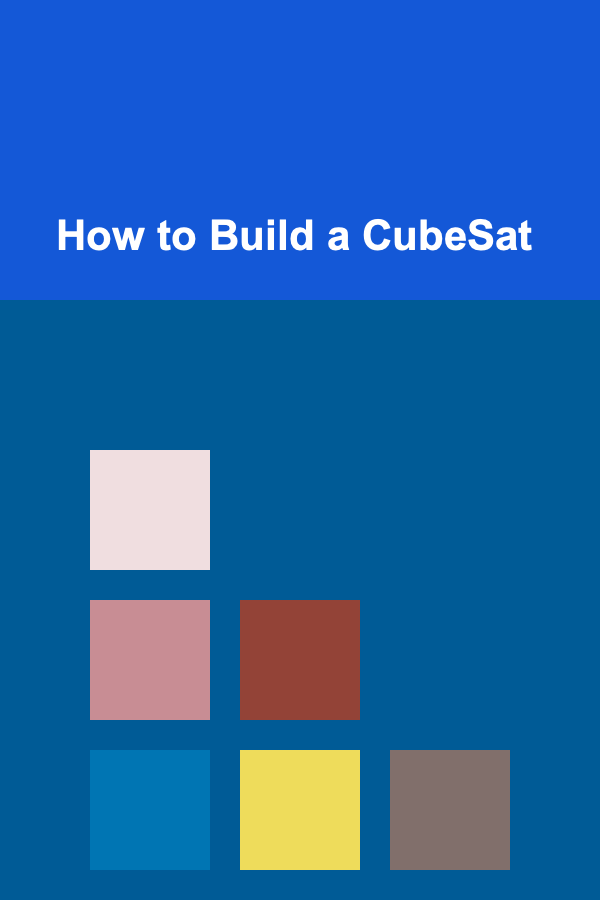
How to Build a CubeSat
Read More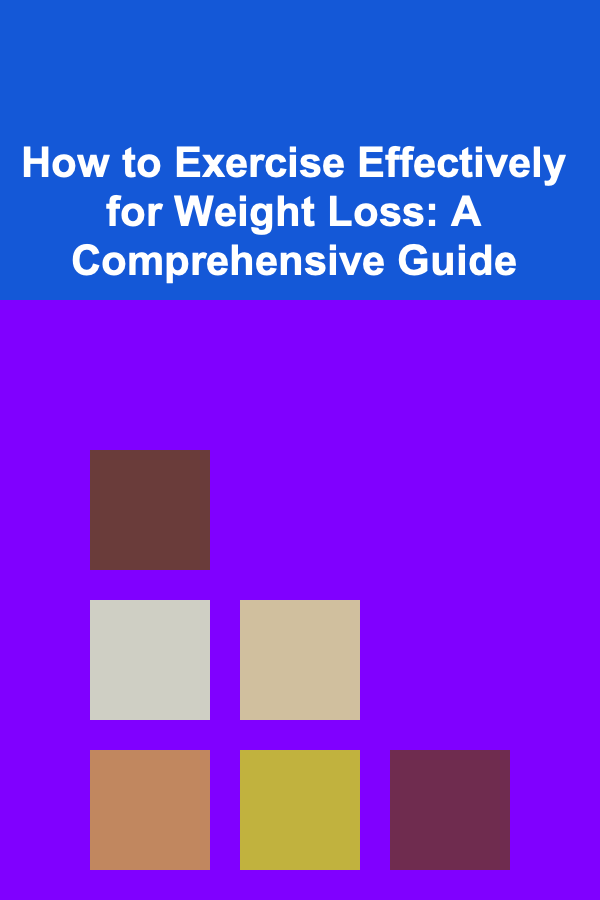
How to Exercise Effectively for Weight Loss: A Comprehensive Guide
Read MoreOther Products

How to Store Fabric Scraps Creatively
Read More
How to Use Scented Oils to Create a Holiday Ambiance in Your Home
Read More
How to Reduce Digestive Issues with Food
Read More
How To Improve Your Energy Levels Naturally
Read More
How to Build a CubeSat
Read More